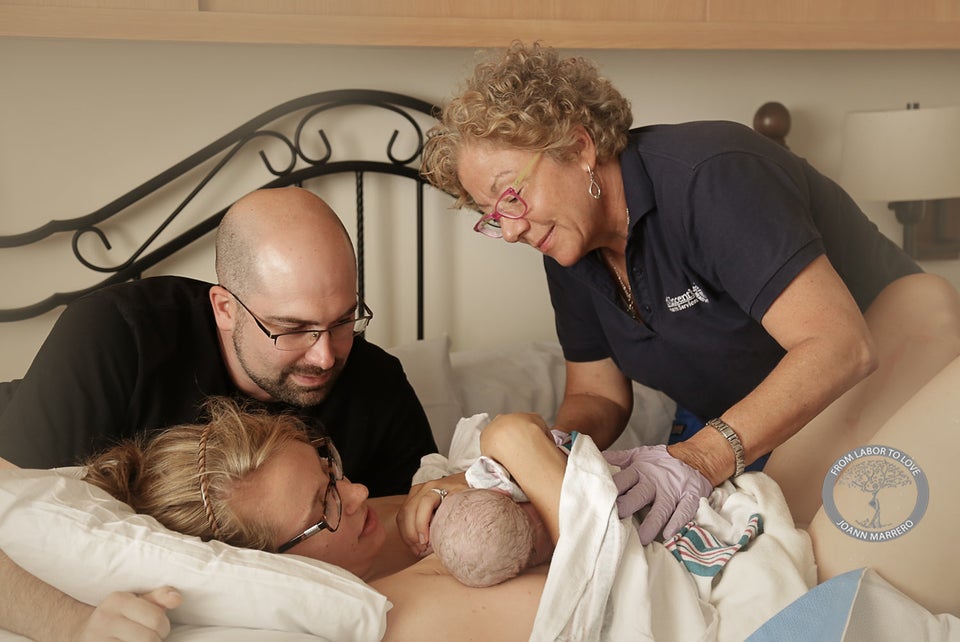Causes of major birth defects remain largely unknown, according to a new study.
The researchers, based at the University of Utah School of Medicine, were only able to establish a definite cause in one in every five of the 5,504 babies with birth defects they studied.
They warned, in the paper published in the British Medical Journal (BMJ) on Tuesday 30 May: “Unless progress is made in identifying and preventing the root causes of birth defects, these conditions will continue to have draining effects on the survival and health of individuals, families, and countries.”

Previous studies have shown that factors such as maternal diabetes, smoking and obesity are associated with an increased risk of birth defects, but translating these associations to actual causes has been “difficult”, the researchers state.
Major birth defects are “common, costly, and critical”, the researchers stated. Collectively, they occur in one in 33 births, which translated into an estimated 7.9 million babies worldwide in 2006.
The researchers set out to establish causes of major birth defects in children born in Utah from 2005 to 2009.
They identified 5,504 cases among 270,878 births.
Definite cause of birth defects was assigned in 20.2% (1,114) of these cases - of these: chromosomal or genetic conditions accounted for 94.4% (1,052), environmental exposure for 4.1%, and conditions associated with twins for 1.4%
The 79.8% (4,391) remaining were classified as “unknown cause”.
For birth defect causes that are known, such as smoking or diabetes, assigning causation in individual cases remains “challenging”, the authors said.
Nevertheless, they said the ongoing impact of these exposures on foetal development “highlights the urgency and benefits of population based preventive interventions.”
For the causes that are still unknown, researchers say “better strategies are needed”, such as greater collaboration between researchers, clinicians, and epidemiologists; and better ways to objectively measure foetal exposures.
